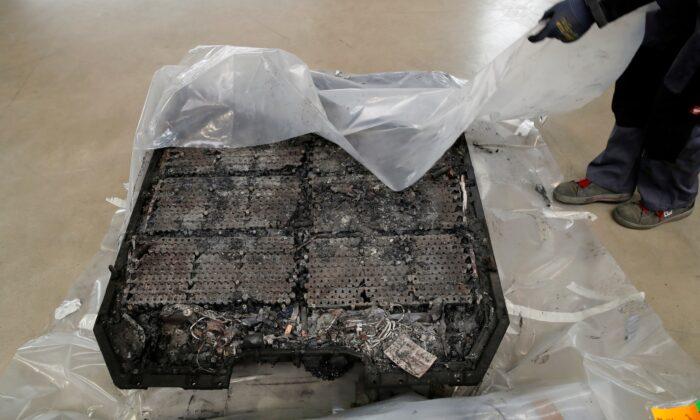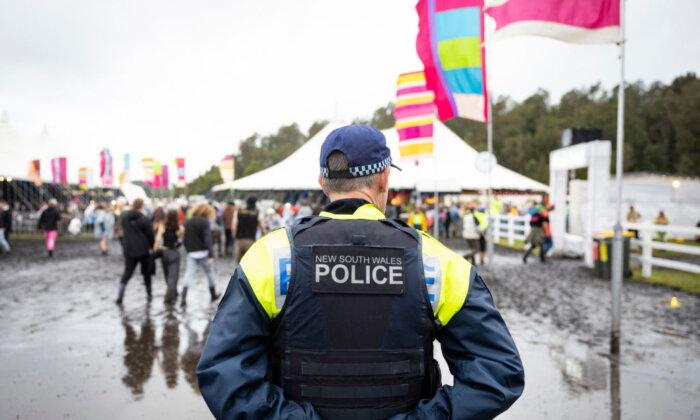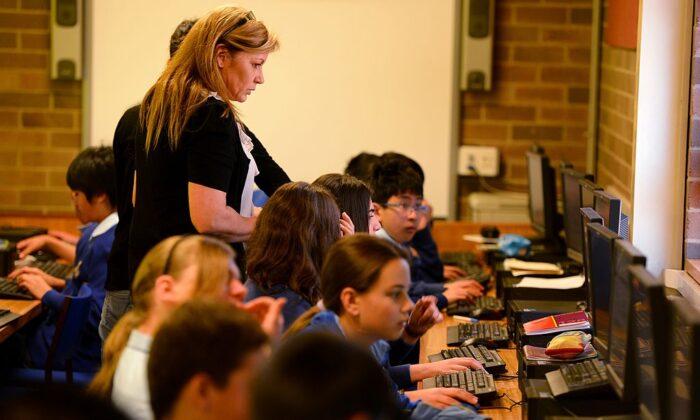The federal government should ensure the safe design of lithium-ion (Li-ion) batteries amid a series of incidents involving deadly fires from the technology, according to the Australian Competition Consumer Commission (ACCC).
One Australian fatality and numerous injury reports were attributed to the battery, an everyday household item found in most mobile phones, laptops, tablets, e-scooters, e-bikes, and power tools.
They can overheat or explode if used, charged, or disposed of incorrectly or if damaged, causing dangerous and difficult-to-extinguish fires.
Further, the ACCC identified a sixfold increase in media reports relating to Li-ion battery incidents between February 2021 and February 2023 and 23 recalls between Jan. 1, 2017, and Dec. 31, 2022, that affected about 89,000 products on the market.

ACCC Deputy Chair Catriona Lowe said managing battery safety is complex and that government, industry, and consumers must tackle the challenge together.
“Our report makes recommendations to protect consumers better and includes practical advice to reduce the risks associated with these batteries,” Ms. Lowe said.
The six recommendations surround Commonwealth, state, and territory governments harmonising the electrical regulatory framework and establishing consistent testing, labelling, transportation, and storage requirements.
Further, consumers should avoid “mixing and matching chargers, unplug products when fully charged, and charge batteries in a cool, dry place and away from combustible materials like beds, lounges or carpet,” Ms. Lowe said.
“Check your lithium-ion batteries for overheating, signs of swelling, leaking or venting gas, and immediately stop using your product if these signs are present.”
Households could have an average of 33 lithium-ion battery-powered devices before 2026, prompting the need for better disposal facilities.
Councils, Governments Warn of Battery Dangers
Li-ion battery fires have almost doubled in the past two years, according to statistics from the Department of Fire and Emergency Services in Western Australia (WA) released on July 14.Fire and Emergency Services Commissioner Darren Klemm said the growing prevalence of lithium-ion battery products drove the fire increase.
“Firefighters in Western Australia have attended more than 1,250 kitchen fires since 2018, including 100 incidents this year,” Mr. Klemm said.
“Since 2020, structure fires caused by lithium-ion batteries have increased in Western Australia by more than 85 percent.”
WA firefighters responded to 64 structure fires in 2022, up from 34 in 2020.
The Cootamundra-Gundagai Regional Council (CGRC) in New South Wales warned residents about the dangers in a notice on Sept. 26.
A CGRC spokesperson requested that all residents dispose of batteries—lithium and others—correctly and warned that they’re classified as dangerous goods under the Australian Dangerous Goods Code.
“Li-ion batteries are recyclable but don’t go in the recycling bin. The purpose of recycling them is to avoid toxic electronic waste from clogging the landfills and to use the retrieved materials to fabricate new products,” the notice reads.
“Failing lithium batteries have also been reported to make hissing or cracking sounds. It’s also a bad sign if you notice a strong or unusual odour from the battery.”
Charging Toward a Decarbonised Economy
Industry and Science Minister Ed Husic formally launched consultations for the country’s first National Battery Strategy during a visit to Li-ion battery technology and manufacturing company Energy Renaissance on Feb 3.“The consultations around the strategy are designed to find ways to get our country manufacturing Aussie batteries,” Mr. Husic said.
“Large-scale uptake and manufacture of batteries will be vital to transitioning towards net-zero. New battery capacity will help support grid-scale capacity, power our homes, and electrify our transport sector.”

- He said Australia has “globally significant” essential battery materials and research capabilities. Drawing on these strengths could position the country in the profitable global battery supply chain.
A “joined-up national approach” to battery technology would also work to support Australia’s National Electric Vehicle Strategy and Critical Minerals Strategy, Mr. Husic said.
“Together, these will provide a clear plan to ensure Australia maximises its economic potential in these fast-growing and lucrative markets,” he said.
The Albanese government will work closely with states and territories and consult widely with industry, community, and experts to shape the strategy and help grow globally competitive domestic battery industries.







